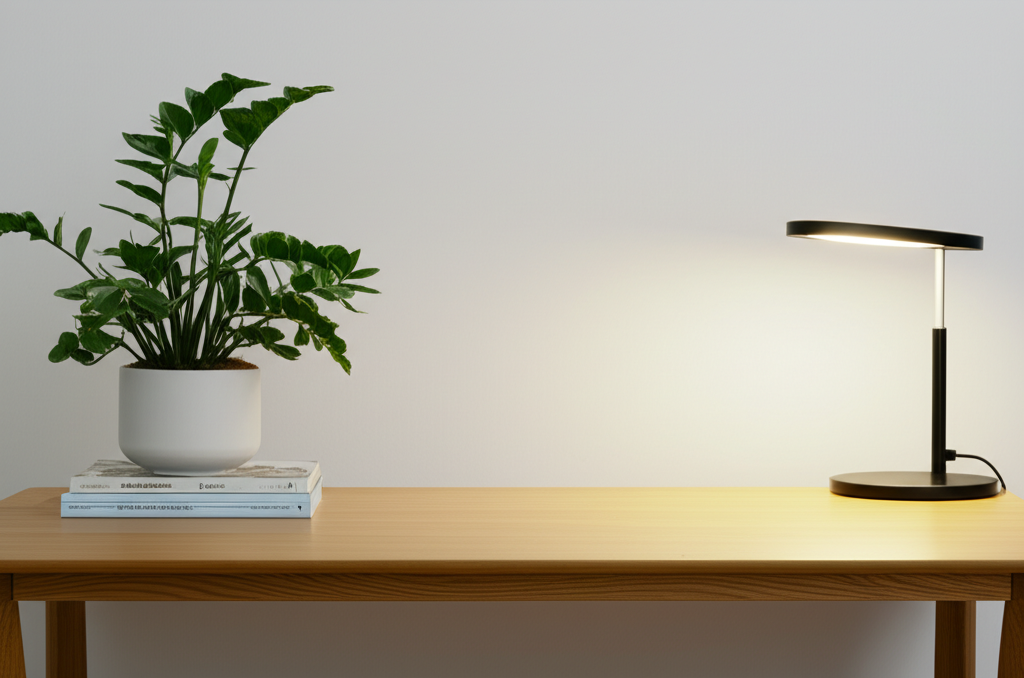Your Environment is the Invisible Hand
Your willpower is a finite resource. Instead of constantly fighting distractions, design an environment where the right choices are the easiest choices.
The Physical Environment
**Dedicated Space:** If possible, have a specific desk or corner used only for studying. This helps your brain associate that location with focus.**Clear the Clutter:** A messy desk can create a sense of being overwhelmed. Before each study session, take 2 minutes to clear your workspace.**Optimize Lighting:** Natural light is best. If studying at night, use a good desk lamp with a neutral or cool light to reduce eye strain and maintain alertness.**Control the Sound:** For some, silence is golden. For others, the gentle hum of a cafe or white noise can help. Experiment with apps like myNoise to find what works for you. Noise-canceling headphones can be a great investment.The Digital Environment
**Tame Your Browser:** Use browser extensions like "StayFocusd" or "LeechBlock" to block distracting websites during your study blocks.**Silence Notifications:** Turn off all non-essential notifications on your phone and computer. The constant pings are focus-killers. A simple "Do Not Disturb" mode can work wonders.**Organize Your Files:** Create a clear folder structure for your subjects. A clean digital desktop is just as important as a physical one.**Use Single-Purpose Apps:** When writing, use a distraction-free editor. When studying flashcards, close all other tabs. Minimize context-switching.By curating both your physical and digital worlds, you create an ecosystem of focus that supports your learning goals, rather than sabotaging them.
